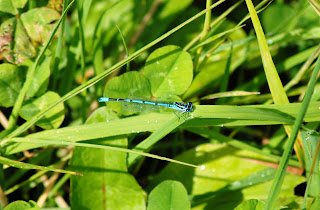This blog may help people explore some of the 'hidden' issues involved in certain media treatments of environmental and scientific issues. Using personal digital images, it's also intended to emphasise seasonal (and other) changes in natural history of the Swansea (South Wales) area. The material should help participants in field-based modules and people generally interested in the natural world. The views are wholly those of the author.
Tuesday, 9 August 2011
Seeing the Changes 427
Yesterday at the National Botanical Gardens Wales, noted some Waxcap toadstools (possibly Blackening waxcap Hygrocybe conica) in the farmed section. Also saw lots of Great burnet (Sanguisorba officinalis) and Sneezewort (Achilla ptarmica) in bloom in the meadows. In terms of critters, got shots of Common blue damselfly (Enallagma cyathigerum), Caddis flies and a slim hoverfly (Episyrphus balteatus).
Subscribe to:
Post Comments (Atom)
What Do You Think Of It, So Far?
Tin Berners-Lee played a major role in the development of the world-wide-web. He was convinced that the benefit of enabling folk...

-
I n the UK and US, a pparently popular and successful vegan/vegetarian restaurants are reportedly closing or adding meat to their menus ( ...
-
Early ripening fruit may seem convenient but some folk think it confirms environmental stress. There's also a possibility th...






%20mating%20NWCW.jpg)


No comments:
Post a Comment